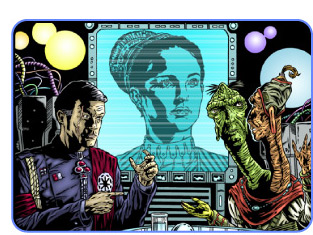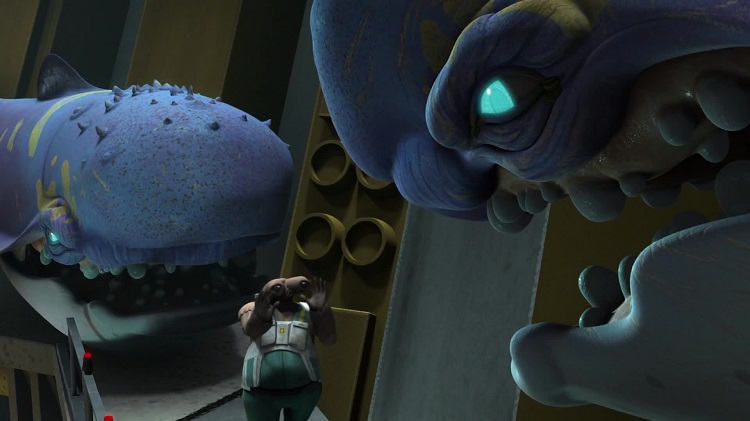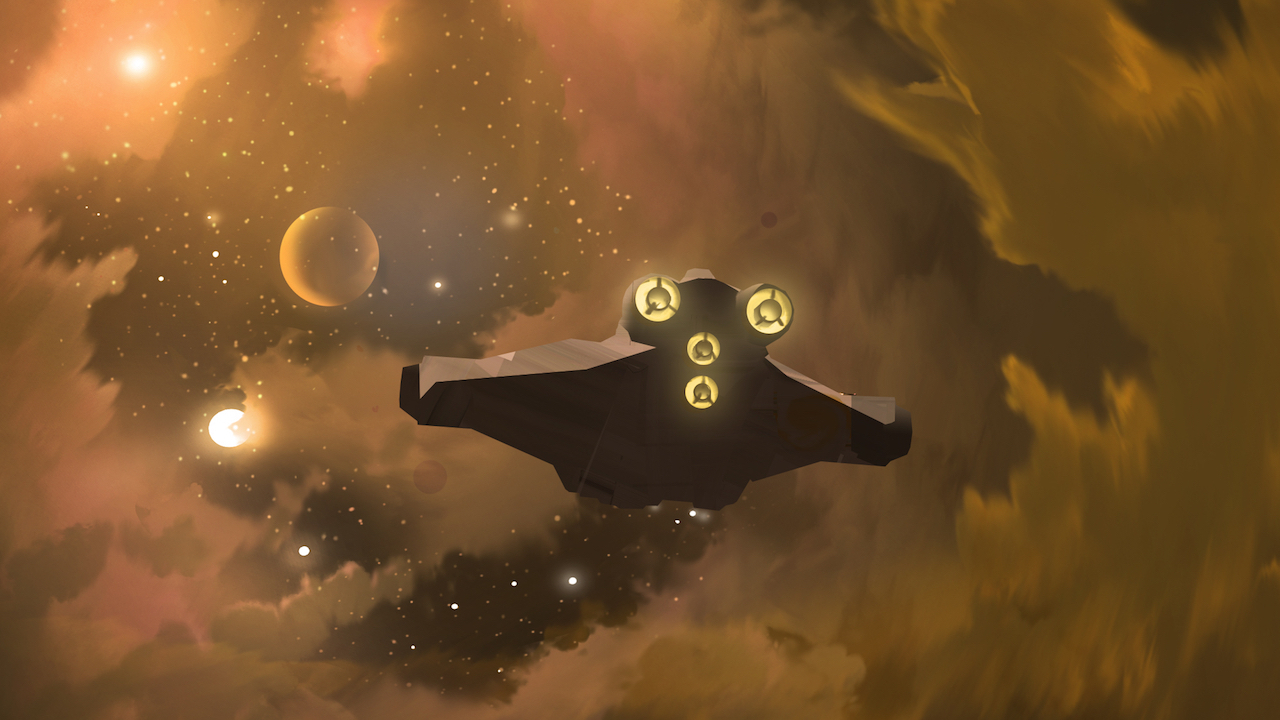
Canon and continuity seem to be an excessively important issue for a big chunk of the hardcore Star Wars fandom. It’s been almost two years since the Star Wars continuity was rebooted and trimmed down, and the continuity wars (well, to be honest, the continuity playground arguments) don’t seem to be going to die anytime soon. The current official position appears to be a more informal approach to continuity, one less bogged in minutiae and more interested in storytelling opportunities, something that we have argued for from this website. And still, for all the disturbing behavior of a very vocal sector of the Bring Back Legends crew and for how tempting it is to point and laugh at them, we can’t ignore that that anal, exhaustive, all-encompassing approach to continuity that they seem to prefer was for a long time the official stance.
Yes, the sweet lie of a water-tight Star Wars continuity was a lie fed by Lucasfilm and its affiliates, sometimes quite aggressively. This tedious, mind-numbing, encyclopedic approach to what should be a fantastic universe full of magic and mystery was fed by hundreds of guides and technical specifications and was sponsored by just as many novels and comics, whose only purpose was to patch a completely unwieldy continuity that had grown without control or direction. Let’s not forget that all these works were official ones, that the G-canon, C-canon, WTF-canon nonsense came from Lucasfilm employees. That’s why it’s necessary to look at the times the old EU seemed to shun that approach, as a way to perhaps learn how to avoid these pitfalls in the futures. And one of the best examples of this is, without any doubt, the defunct HoloNet News, the website Lucasfilm released to promote Attack of the Clones. The website decided to smooth over continuity using two weapons: humor and a knowing wink.




